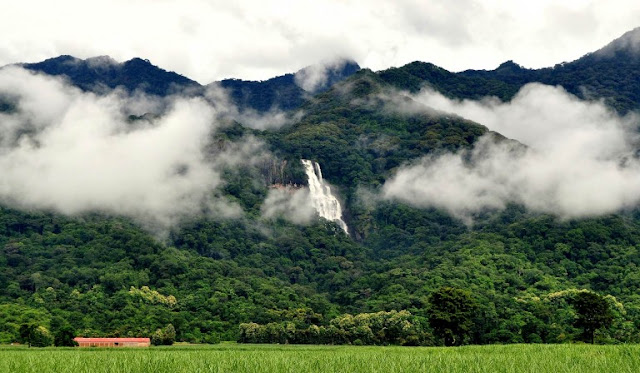Mountain Climbing Mount Udzungwa - Africa Natural Tours ( africanaturaltours.com )
Mountain Climbing Mount Udzungwa:
Africa Natural Tours
AFRICA
NATURAL TOURS
(The best tour company in Tanzania)
Specialized in: Mountain climbing,
Wildlife safaris, Cultural tourism and Beach holidays
Contact
+255 653 679 958 OR +255 692 436 113
Mountain
Climbing>>Mount Udzungwa in tanzania
Brooding and primeval, the
forests of Udzungwa seem positively enchanted: a verdant refuge of
sunshine-dappled glades enclosed by 30-metre (100 foot) high trees, their
buttresses layered with fungi, lichens, mosses and ferns.
Udzungwa is the largest and most
biodiverse of a chain of a dozen large forest-swathed mountains that rise
majestically from the flat coastal scrub of eastern Tanzania. Known
collectively as the Eastern Arc Mountains, this archipelago of isolated massifs
has also been dubbed the African Galapagos for its treasure-trove of endemic
plants and animals, most familiarly the delicate African violet.
Udzungwa alone among the ancient
ranges of the Eastern Arc has been accorded national park status. It is also
unique within Tanzania in that its closed-canopy forest spans altitudes of 250 metres
(820 feet) to above 2,000 metres (6,560 ft) without interruption.
Not a conventional game viewing
destination, Udzungwa is a magnet for hikers. An excellent network of forest
trails includes the popular half-day ramble to Sanje Waterfall, which plunges
170 metres (550 feet) through a misty spray into the forested valley below.
The more challenging two-night
Mwanihana Trail leads to the high plateau, with its panoramic views over
surrounding sugar plantations, before ascending to Mwanihana peak, the
second-highest point in the range.
Ornithologists are attracted to
Udzungwa for an avian wealth embracing more than 400 species, from the lovely
and readily-located green-headed oriole to more than a dozen secretive Eastern
Arc endemics.
Four bird species are peculiar
to Udzungwa, including a forest partridge first discovered in 1991 and more
closely related to an Asian genus than to any other African fowl.
Of six primate species recorded,
the Iringa red colobus and Sanje Crested Mangabey both occur nowhere else in
the world – the latter, remarkably, remained undetected by biologists prior to
1979.
Undoubtedly, this great forest
has yet to reveal all its treasures: ongoing scientific exploration will surely
add to its diverse catalogue of endemics.
For
more information visit www.africanaturaltours.com





Comments
Post a Comment